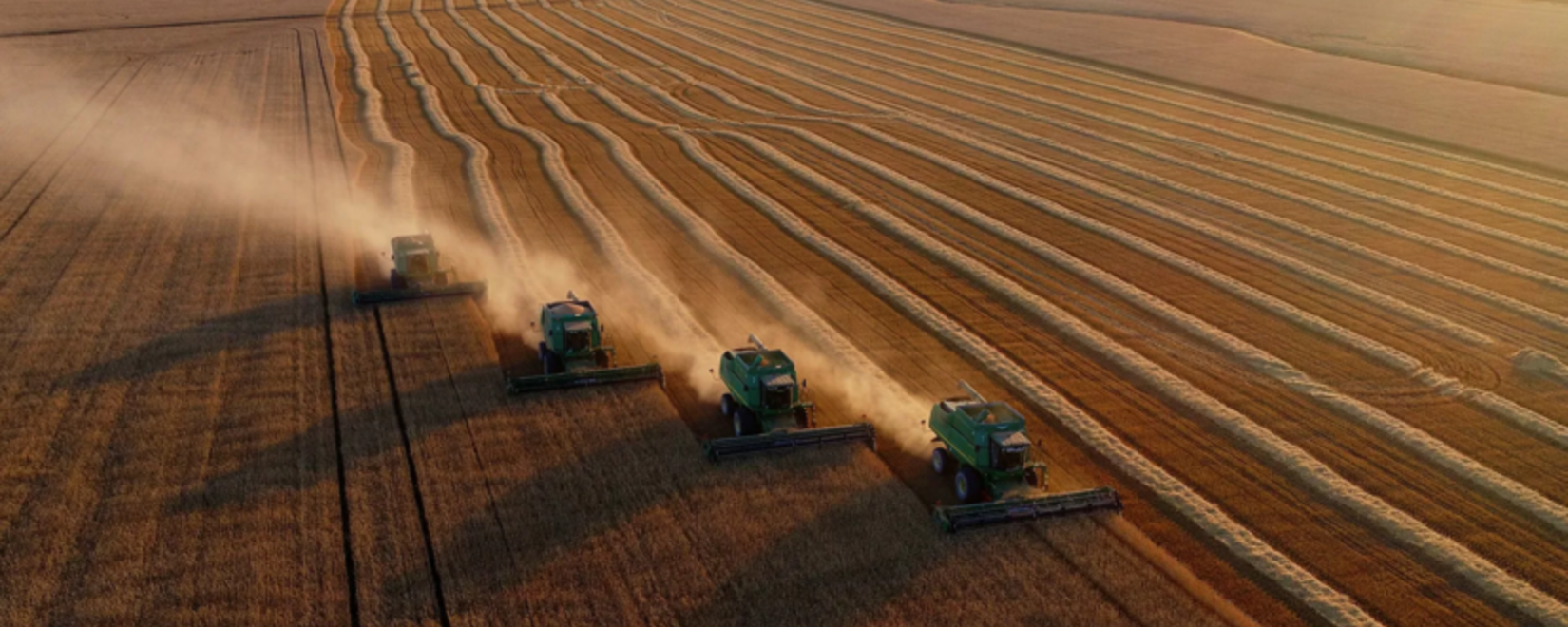According to the USDA FAS data, the South Korean government aims to increase rice consumption among people over 20 years old as part of the budget plan for 2024.
To address the issue of declining rice consumption within the country, the government is expanding the breakfast program to reach nearly 4 million university students who often skip breakfast.
As per the report, the Korean government will continue to support companies developing new rice-based products, particularly for producing flour used in noodles and snacks. The goal is to increase the country's self-sufficiency in grains by reducing wheat imports.
In 2023, Starbucks Korea signed a memorandum of understanding aimed at supporting domestic agricultural products and promoting agriculture and public catering. Under this memorandum, the company agreed to develop new products using rice flour by the first half of 2024.
According to the USDA FAS forecast, rice consumption this year will drop to 3.93 million tons, marking the lowest level in the past 55 years.
The FAS report notes that last year the government implemented a policy to reduce rice planting areas by providing subsidies to farmers switching to other grains. The area covered by this policy in 2023 was 125,100 hectares, which is 2,000 hectares less than planned by the government. The report mentions an expansion of this policy to 156,000 hectares in 2024.
If the projected 708,000 hectares allocated to rice in the marketing year 2023-24 are realized, it will be the smallest rice planting area in South Korea since FAS began tracking in 1960.
Rice production in South Korea in the forecast period of 2023-2024 is expected to be 3.7 million tons, remaining at the same level as the previous year.

 Trading platform
Trading platform 
 Monitoring
Monitoring  Express applications
Express applications 
 Fork Work
Fork Work 
 Service
Service  News
News  Directory
Directory 
